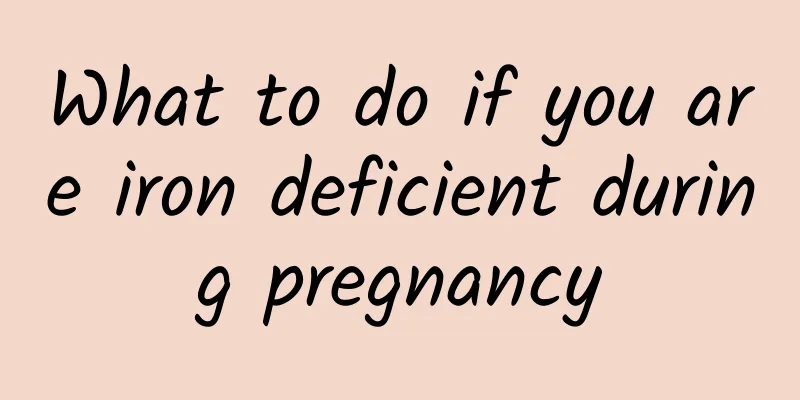The dangers of rickets

|
The ones who worry the most when their children are sick are the mothers, and the ones who least want their children to get sick are the mothers who carried them for ten months and gave birth to them. One of the diseases that worries mothers the most is rickets. It has to be said that rickets is a relatively common and also quite sad children's disease. Different levels of rickets cause different damages, but without exception they all cause immeasurable blows to a family. Even if you don’t understand the cause of rickets, you must understand the precautions for children with rickets. Especially for families with children suffering from rickets, mothers must understand the dangers of rickets and take their children for treatment in time. Rickets is a common disease in infancy. It is caused by calcium and phosphorus metabolism disorders in the body due to vitamin D deficiency. When the vitamin D deficiency in the child's body reaches a certain level, it will cause a series of adverse symptoms and endanger the child's life. 1. Children with rickets are prone to symptoms such as excessive sweating, night terrors, night crying, and irritability; 2. Rickets can cause certain changes in the child's bones, such as: In the early stage of the head, the fontanelle may be enlarged or closed, the age of the child may be delayed, teeth may come out late, and in severe cases, the child may also have a ping-pong skull, which is a type of skull softening. Children aged 7 or 8 months may also have a square head; The rib cartilage area of the chest may swell, mainly in the 5th to 8th rib cartilage area, and when it is round and large, it is called "beading", which changes the chest cavity and is called pigeon chest and funnel chest. 3. After 7 to 8 months of age, children with rickets will have obvious enlargement of the epiphyses of their limbs, especially the distal ends of the ulna and radius of the wrist joint, where round and blunt spheres can be seen, which are called rickets "bracelets". 4. Before and after children with rickets learn to walk, they may have "O"-shaped legs or "X"-shaped legs due to bone softening and body gravity, which may affect the physiological and motor functions of children and bring unnecessary troubles to their future growth. Through the introduction of the above content, we can understand that rickets has many hazards. The most common one is of course the impact on bones, but in addition to these there are also other adverse effects. Every parent needs to understand these hazards so that they can urge every expectant mother to actively participate in prenatal checkups during pregnancy to reduce the birth of children with rickets. |
<<: Can I take a shower after getting the rabies vaccine?
>>: Symptoms of varicose veins in the lower limbs
Recommend
Dry lips and chest pain
Since autumn is relatively dry, many people have ...
Effects of Shiwei
Shiwei is a plant that grows in the cracks of roc...
What causes back pain?
We all know that excessive fatigue can cause back...
Why are there so many melanin on children's teeth?
The appearance of some melanin on the teeth is of...
Panax notoginseng is invaluable: one spoon of Panax notoginseng powder can cure all diseases
1. Assist in inhibiting tumor cancer Panax notogi...
How to tell if jaundice has reached the brain?
Neonatal jaundice is a relatively common symptom....
Why does a root canal hurt?
Everyone has cavities on their teeth to some exte...
How to cure allergic rhinitis
Rhinitis is a stubborn disease. Many people in ou...
Can I smoke after getting rabies vaccine?
When I was a child, my mother left me and my brot...
Tips to make your neck longer
A thick neck looks ugly. Even if your facial feat...
Symptoms of influenza A
Influenza A is actually a type of influenza. It h...
Massage methods for children's cough and asthma
If children usually have coughs, in addition to g...
What to do if your ears are blocked due to rhinitis
When rhinitis is more serious, it is easy to caus...
What to do if your tongue becomes slightly numb after taking Chinese medicine
Nowadays, many people no longer take western medi...
Do you have symptoms of back pain in early pregnancy?
Most women will experience some early pregnancy s...









